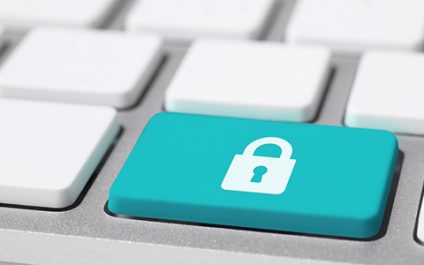As the COVID-19 pandemic forced many companies around the world to adopt remote work, IT teams have worked hard to ensure business continuity and resolve IT issues. In fact, according to a study by software company Ivanti, nearly two-thirds of IT professionals said that their workloads have increased by as much as 37%. What’s more, 66% of them reported an increase in security issues in the past three months.
3 Technology issues you’re likely to encounter upon returning to the office
5 Data protection tips during the COVID-19 era

When stay-at-home orders were implemented in Maryland and across the United States, many people were forced to work from home. This meant employees were accessing corporate data and applications via home internet connections. Unfortunately, home networks are not as secure as corporate ones, so using them could compromise the security of your sensitive data.
How to help your employees achieve work-life balance as they work from home

For many employees, long-term remote work sounds greatly beneficial. There are many advantages, including less commute stress. In reality, working from home long-term may also cause burnout because it often involves working unusually long hours, the blurring of personal and professional lives, and far-from-ideal working conditions.
Experiencing VoIP issues? Learn the causes and how to solve them
Include these 5 essential items in your small business’s IT budget
Why your small- or medium-sized business should switch to VoIP

More people are working from home than ever before because of the pandemic-driven shift to remote working. This is why companies need inexpensive ways to ensure employees can collaborate despite not working in one office. After all, teams still need to report for work, attend meetings, and check in on each other.
6 Tips to keep your virtual meetings engaging
Biggest tech trends to look out for in 2021
When is it time to get a new laptop?
What happens in a phishing attack?

It all starts with a simple and seemingly innocuous email sitting in your employees’ inboxes. Almost everybody marks this as spam or deletes the suspicious email but one unwitting employee opens the unsolicited email and clicks on the link. In just a few seconds, this honest mistake has put your organization’s security and future in jeopardy.







